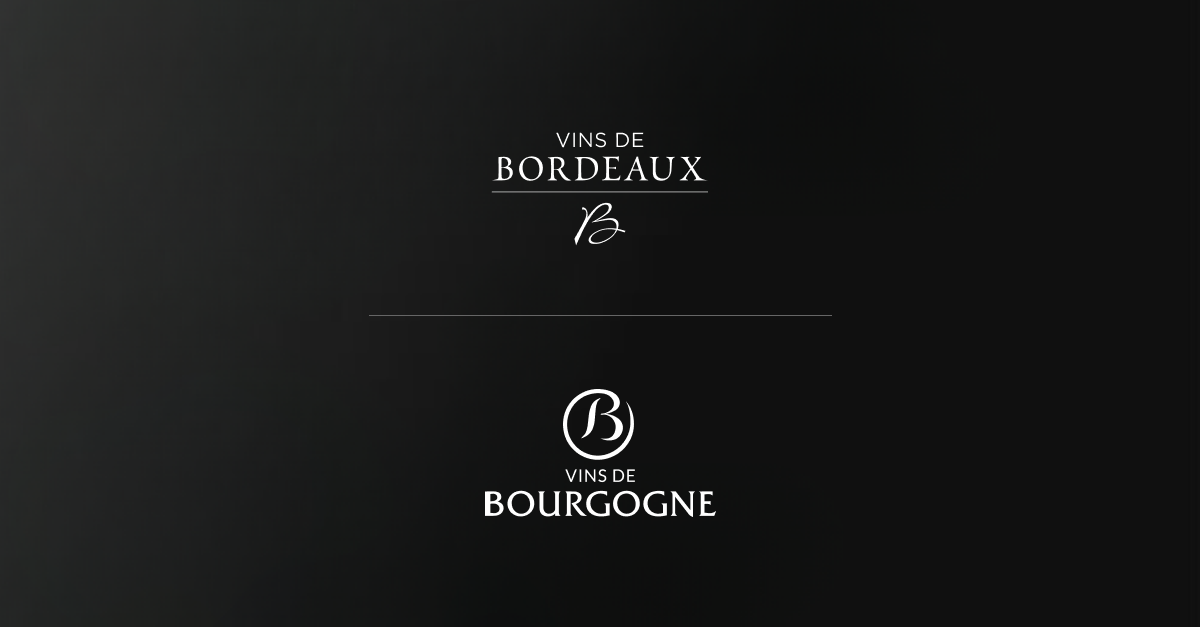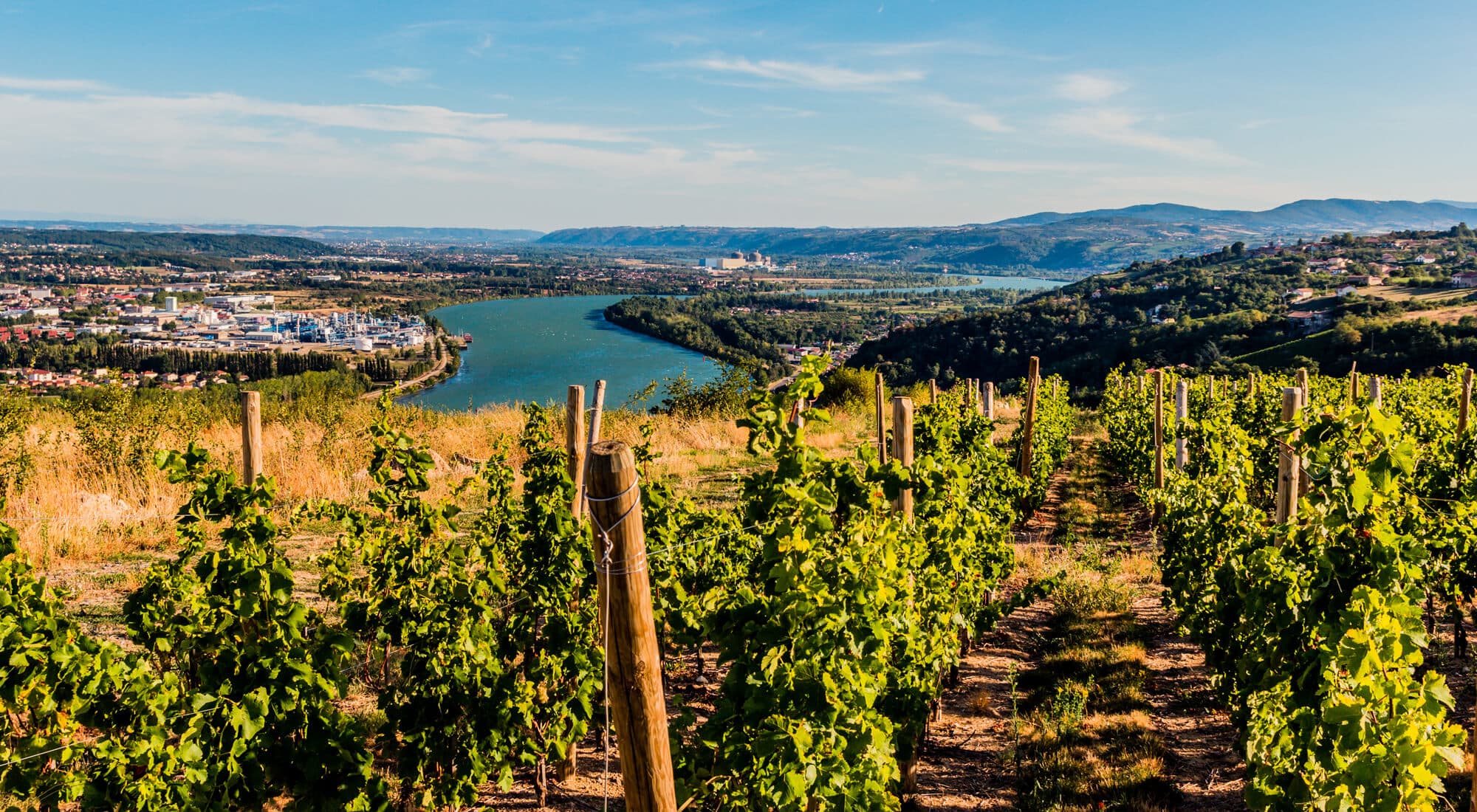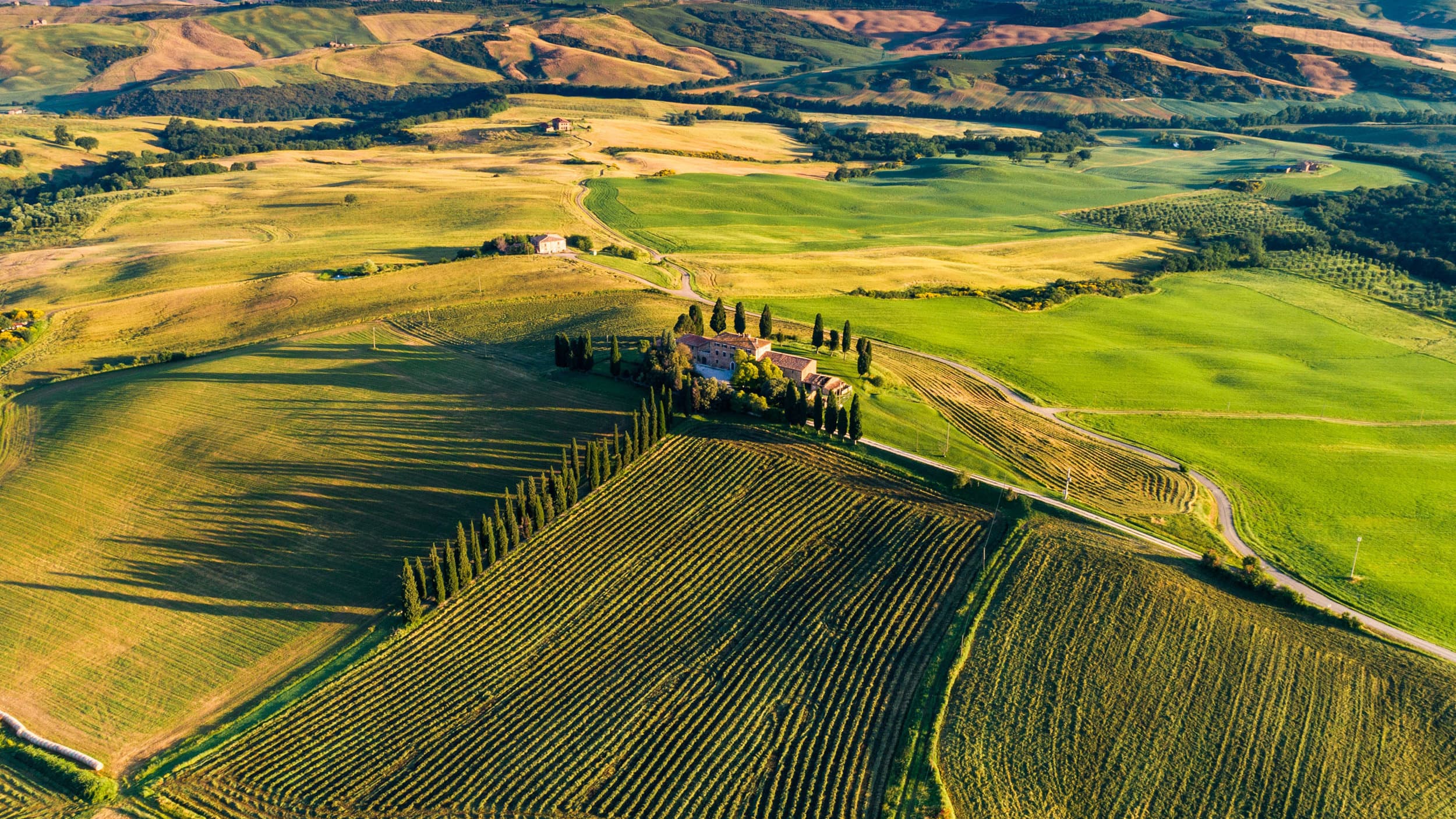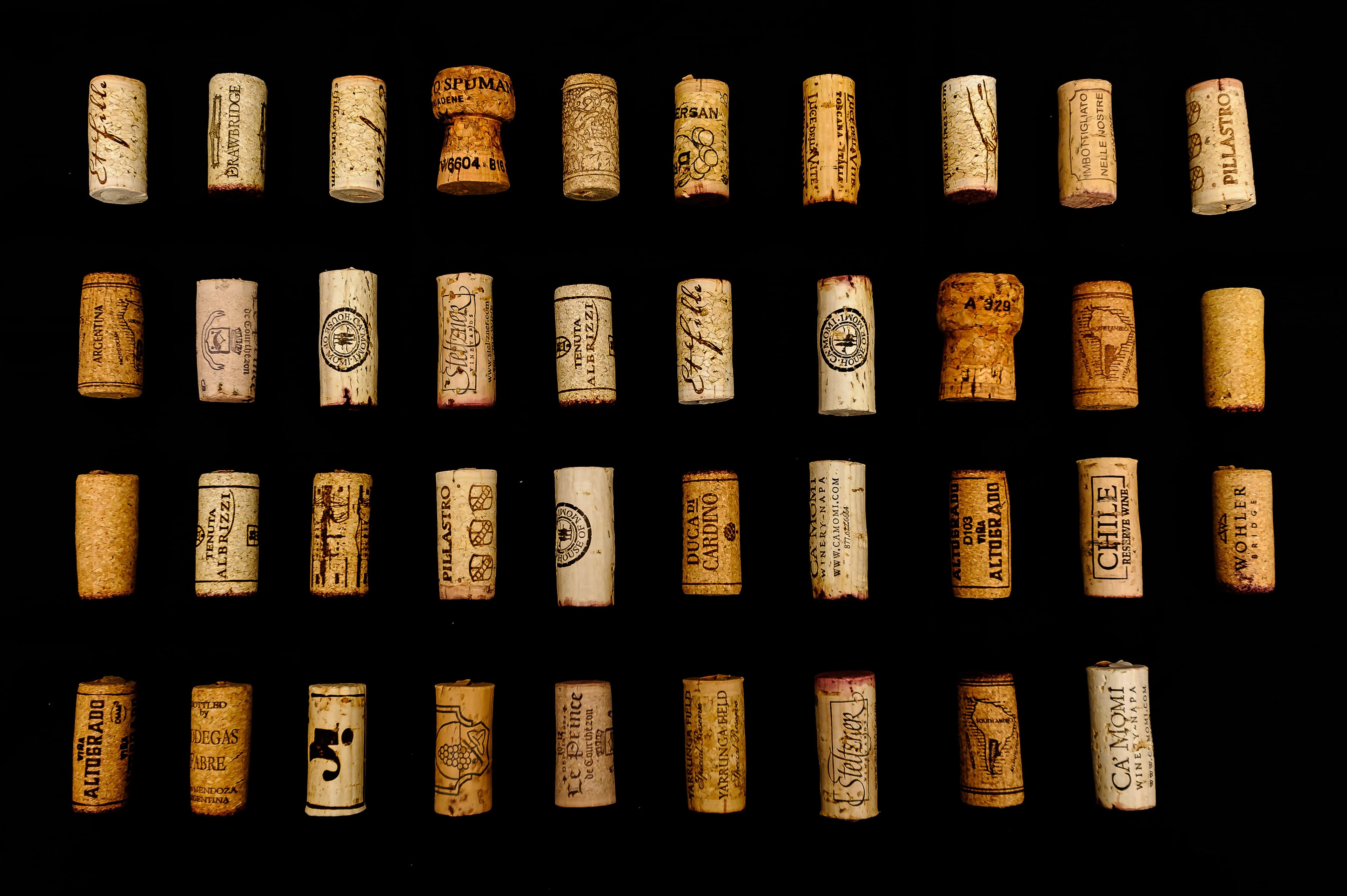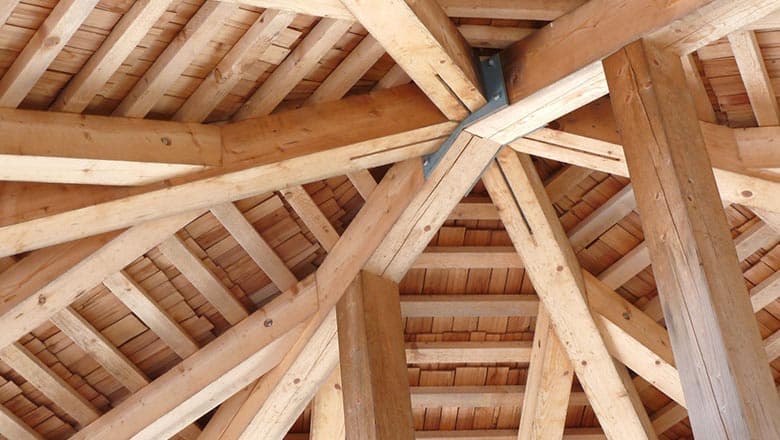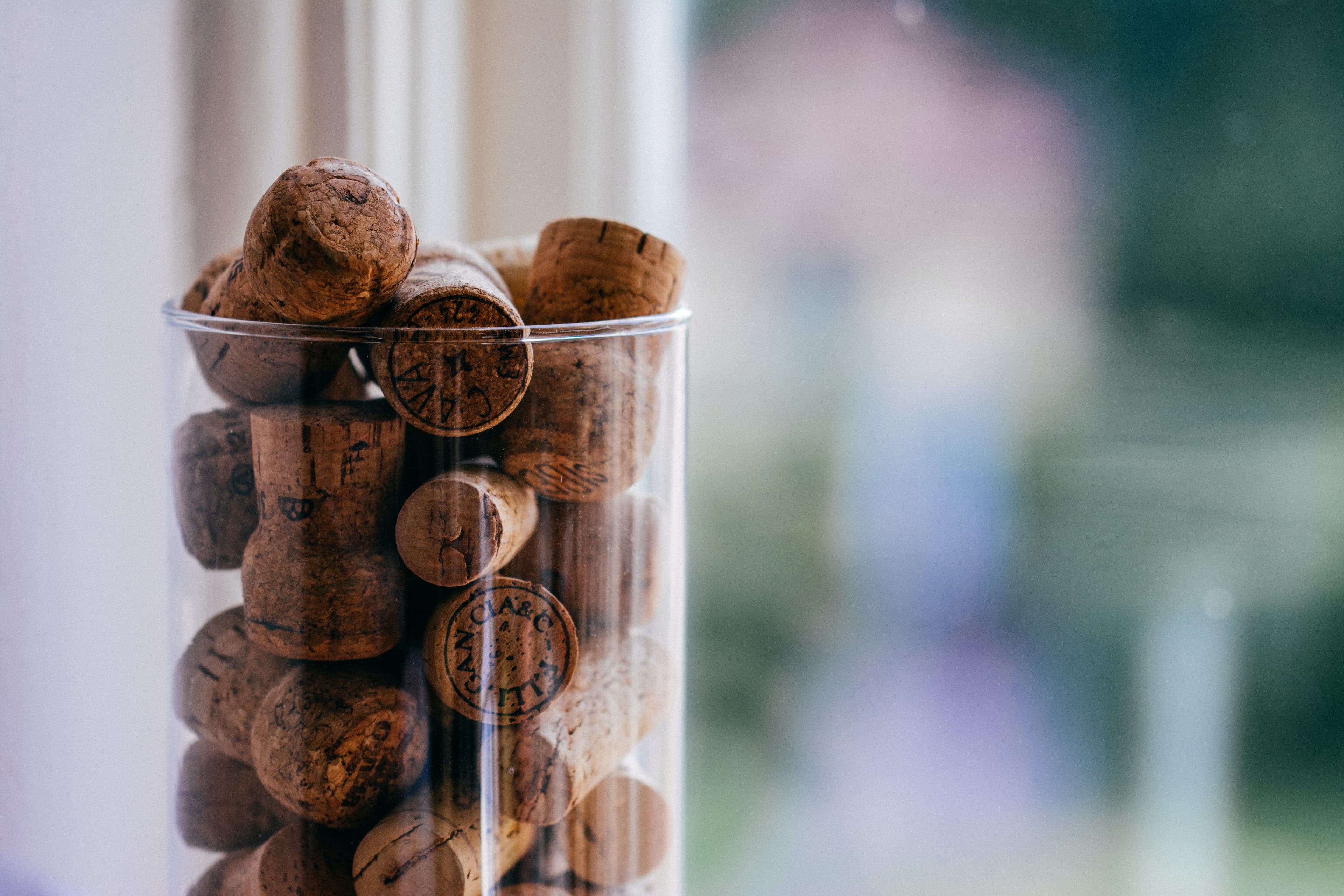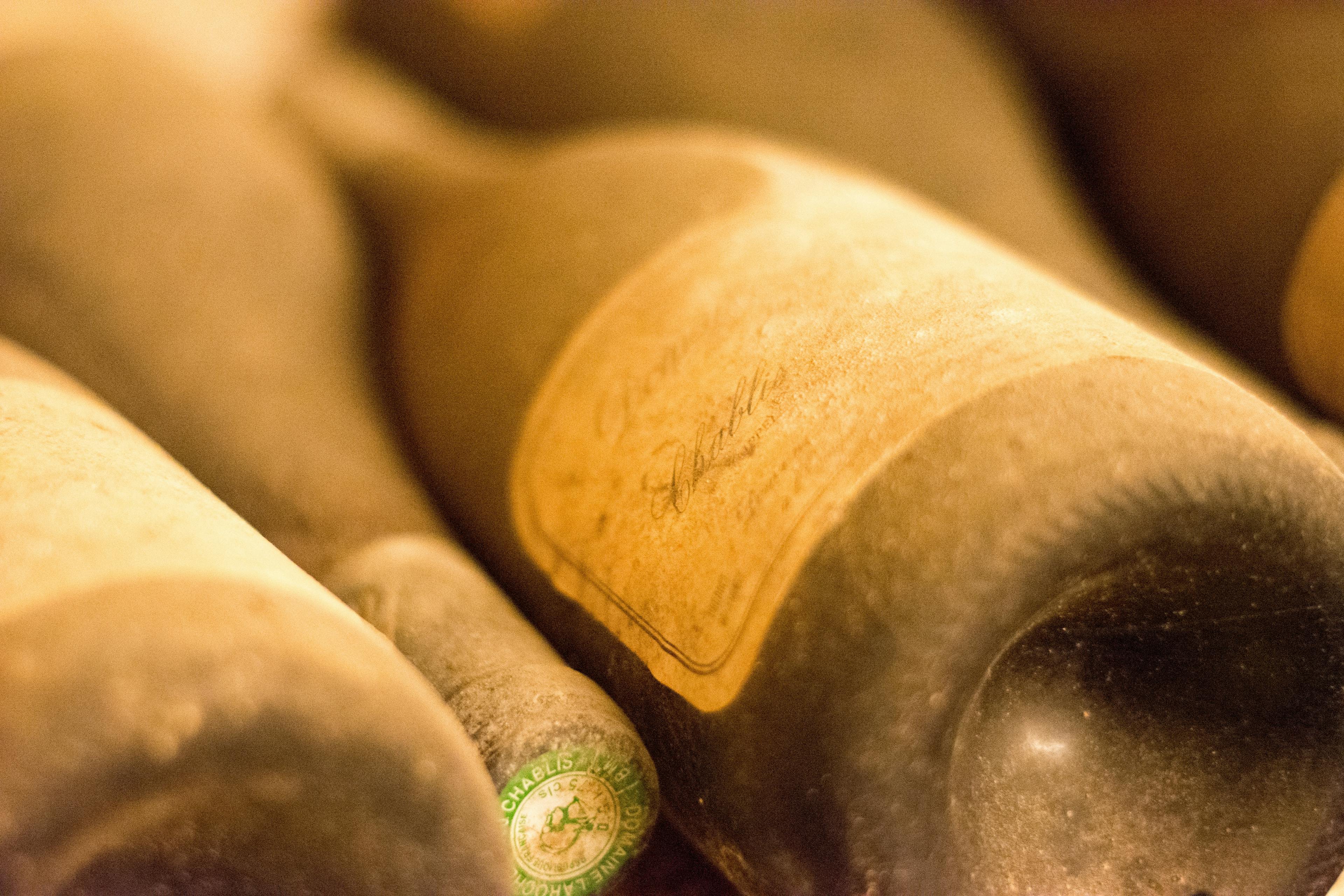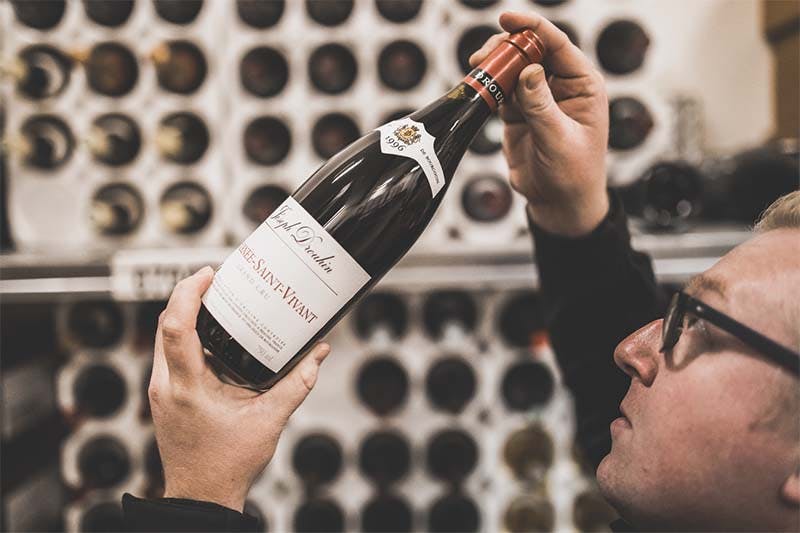
Discover the fascinating history of Château Ausone, a name synonymous with excellence in the world of wine. Nestled in the picturesque landscape of Saint-Émilion, France, this esteemed winery boasts a legacy that dates back to the Roman period. The vineyard's historical significance is not only tied to its ancient origins but also to its continuous production of some of the world's most coveted wines. Delve into the story of how Château Ausone has maintained its prestigious reputation through centuries of winemaking innovations and the stewardship of passionate vintners.
The Origins of Château Ausone: From Roman Times
Château Ausone, one of the most esteemed wine estates in Saint-Émilion, France, traces its roots back to the Roman period. The estate is named after the Roman poet Ausonius, who owned extensive vineyards in the area. Historical records suggest that viticulture was practiced on this site as early as the 4th century, making it one of the oldest continuously operating vineyards in Bordeaux.
The strategic location of Château Ausone, on the limestone hillsides of Saint-Émilion, provides an ideal terroir for growing Merlot and Cabernet Franc grapes. This unique combination of soil and microclimate contributes to the production of wines with exceptional depth and complexity. Over the centuries, the estate has been meticulously maintained and developed, preserving its heritage while integrating modern viticultural techniques.
Today, Château Ausone is renowned for its popular vintages, which are highly sought after by collectors and connoisseurs worldwide. Some key highlights include:
The estate's commitment to low yields, ensuring concentrated flavors
Use of traditional winemaking methods blended with contemporary practices
Aging potential of their wines, often spanning several decades
Each vintage from Château Ausone is a testament to its rich history and dedication to quality.
Key Historical Milestones of Château Ausone
Château Ausone, one of the oldest and most prestigious vineyards in Saint-Émilion, France, boasts a rich tapestry of historical milestones that underscore its esteemed legacy. This vineyard's origins trace back to the Roman poet Ausonius, who owned land in the area during the 4th century. His involvement suggests a tradition of winemaking that spans centuries, making Château Ausone a cornerstone in the history of Bordeaux wines.
Establishment of the Estate: The modern estate was officially established in the 18th century, though its roots are much deeper. It quickly became recognized for producing high-quality wines, coveted by royalty and aristocracy across Europe.
Classification: In 1955, Château Ausone was classified as one of only two Saint-Émilion wines to receive the prestigious 'Premier Grand Cru Classé A' status, highlighting its exceptional quality and heritage.
Ownership Changes: The Vauthier family, current owners, acquired full control in 1995, implementing significant improvements in both the vineyard management and winemaking processes.
Innovations and Renovations: The 21st century saw major renovations, including updated fermentation facilities and a new cellar, enhancing the estate's capability to produce world-class wines.
For more detailed facts, exploring Château Ausone's intriguing past provides a glimpse into the storied history of this iconic wine estate.
The Evolution of Winemaking at Château Ausone
The winemaking process at Château Ausone has undergone significant transformations over the centuries, reflecting broader changes in the wine industry. Initially, the vineyard's techniques were rudimentary, relying heavily on natural fermentation and local yeasts. As technology advanced, so did the methods used at Château Ausone, incorporating more controlled fermentation processes and temperature regulation, which helped improve the consistency and quality of the wine.
Introduction of Barrels: In the 18th century, the introduction of oak barrels was a major step forward, allowing for better aging and flavor development.
Technological Advancements: The 20th century brought stainless steel vats and computerized systems, enabling precise control over every stage of the winemaking process.
Organic Practices: Recently, there has been a shift towards organic and biodynamic practices, emphasizing sustainability and the expression of terroir.
These innovations have not only enhanced the quality but also the way enthusiasts store Château Ausone, ensuring its longevity and flavor preservation. Each bottle now encapsulates centuries of history and innovation, making Château Ausone a revered name in the wine world.
Notable Figures in the History of Château Ausone
Château Ausone, a name synonymous with prestige in the wine world, has been shaped significantly by several key figures throughout its history. Among them, the most influential was undoubtedly Alain Vauthier, an esteemed winemaker and co-owner. His dedication to maintaining the vineyard's legacy while implementing modern techniques has been pivotal. Under his guidance, the estate has consistently produced wines that are not only reflective of the Saint-Émilion terroir but also highly acclaimed globally.
Another notable figure is Pascal Delbeck, who served as the estate's winemaker for over three decades. His tenure at Château Ausone was marked by a deep respect for traditional methods, which he balanced with innovative approaches to viticulture and winemaking. This blend of old and new has helped in enjoying the complex flavors and rich history of the estate's offerings.
Hélène de Bouard de Laforest has also made significant contributions. As a consultant, her expertise in oenology has brought fresh perspectives to the production process, enhancing the wine's quality and complexity.
Pauline Vauthier, Alain's daughter, represents the new generation at Château Ausone. Her involvement ensures that the legacy and high standards of the vineyard continue, promising a bright future for this historic estate.
Restoration and Preservation Efforts Through the Years
The restoration and preservation of Château Ausone have been pivotal in maintaining its historical integrity and architectural beauty. Over the years, numerous efforts have been undertaken to ensure that this iconic estate remains a testament to the rich heritage of the region. Initially, these activities focused on structural reinforcements to prevent decay exacerbated by age and environmental factors.
In the late 20th century, a significant restoration project was launched to address issues related to moisture and the degradation of wooden components. Advanced techniques were employed, marrying traditional methods with modern technology to achieve optimal results. This included the careful selection of materials that would be sympathetic to the original structures yet offer longevity and resistance to future damage.
Preservation has also extended to the vineyards themselves, where meticulous attention to craftsmanship ensures the legacy of quality wine production. Efforts here include:
Implementing sustainable farming practices to protect the soil and local ecosystem.
Using precision viticulture tools to monitor vine health and optimize water usage.
Educating new generations of viticulturists in ancient techniques blended with contemporary science.
These comprehensive measures highlight the commitment to preserving Château Ausone as a cultural and historical landmark.
Château Ausone During the World Wars
During the tumultuous periods of the World Wars, Château Ausone faced numerous challenges that shaped its history significantly. Located in Saint-Émilion, France, this esteemed vineyard was at the mercy of fluctuating political climates and economic instability. In World War I, the property was left in a precarious position as many workers enlisted, leaving the vineyards undermanned. This led to a decline in production and a struggle to maintain the quality of the wine.
World War II brought its own set of trials. The region was occupied by German forces, and the château was no exception. Despite the occupation, the vineyard managed to continue operations, albeit at a reduced capacity. The resilience of those who stayed behind ensured that the vineyard could survive and that its legacy endured through these hard times.
Post-war recovery was slow but steady, as Château Ausone worked to rebuild its reputation and restore the vineyard to its former glory. The efforts to maintain the quality of their wines during these periods are a testament to the dedication and resilience of the vineyard's stewards. To learn more about how these historical challenges influenced the taste of Château Ausone, explore further details on their dedicated page.
The Role of Château Ausone in Shaping Bordeaux's Reputation
Château Ausone has played a pivotal role in elevating the status of Bordeaux as a premier wine region globally. This esteemed vineyard, one of the oldest in Saint-Émilion, has consistently produced wines that are not only rich in flavor but also in history. Its influence extends beyond the vineyards, shaping the culinary landscape by inspiring ideal food pairings.
Enhancing Fine Dining: Top chefs around the world have crafted menus that specifically highlight the complex notes of Château Ausone. These dishes often include rich meats and delicate herbs to complement the wine’s robust profile.
Cultural Impact: In Bordeaux, local cuisine has evolved to incorporate elements that pair perfectly with the wine, such as truffles and aged cheeses, showcasing the region's gastronomic prowess.
Event Hosting: Prestigious events often feature Château Ausone, where sommeliers demonstrate its pairing with haute cuisine, thereby reinforcing Bordeaux's culinary reputation.
Through these interactions, Château Ausone not only underscores the quality of Bordeaux wines but also enhances the overall dining experience, making it a cornerstone of both winemaking and gourmet food culture.
Historical Challenges and Triumphs
Château Ausone, one of the oldest and most prestigious vineyards in Saint-Émilion, France, has faced numerous challenges throughout its centuries-long history. Initially established in the Roman era, the estate has witnessed countless ownership battles, fluctuating market demands, and the devastating effects of phylloxera in the 19th century, which nearly wiped out its vineyards.
Despite these hurdles, Château Ausone has experienced significant triumphs that have solidified its status in the wine world. The vineyard's strategic location on the limestone slopes of Saint-Émilion provided a natural defense against some pests and diseases, fostering a unique terroir that is highly conducive to growing Merlot and Cabernet Franc grapes. This advantage allowed the estate to produce wines with exceptional depth and complexity.
In the 20th century, after several changes in management, the Vauthier family took control, implementing innovative viticultural techniques that revived and improved the vineyard's output. Their efforts were recognized globally, earning Château Ausone a place among the elite Bordeaux wines.
For those interested in enjoying this exquisite wine at its best, learning how to serve it properly can enhance the tasting experience, highlighting the delicate balance of flavors that Château Ausone is renowned for.
Archival Records and Their Stories
Archival records provide a fascinating glimpse into the storied past of Château Ausone, one of Bordeaux's most esteemed vineyards. These documents reveal not only the vineyard's origins but also the evolving characteristics that have distinguished it through centuries. Among the treasures found in these archives are detailed maps from the 18th century, which illustrate the expansion of vine plots and the refinement of viticulture techniques. Additionally, letters exchanged between past vineyard managers and wine merchants offer insights into the historical wine trade dynamics and how they influenced production decisions at Ausone.
Ownership Transitions: Records trace the lineage of ownership, highlighting how each proprietor contributed to the vineyard's development.
Agricultural Practices: Manuscripts detail the shift from traditional to innovative farming methods, which helped improve the quality of the grapes.
Wine Production Notes: Ancient logs provide details on yearly weather conditions and their impacts on grape yields and quality, giving a deeper understanding of the challenges faced in different eras.
These archival findings not only enrich our knowledge of Château Ausone's history but also underscore its enduring legacy in the wine world.
How History Influences Current Winemaking Practices at Château Ausone
Château Ausone, one of the oldest and most prestigious wineries in Saint-Émilion, France, integrates centuries of viticultural history into its current winemaking practices. This deep-rooted history is evident in several key aspects of their production process:
Vineyard Management: The vineyards are planted on the limestone slopes of Saint-Émilion, utilizing traditional grape varieties such as Merlot and Cabernet Franc. This choice is influenced by historical successes, ensuring that the terroir and varietal characteristics are perfectly aligned.
Fermentation Techniques: Leveraging ancient methods, Château Ausone employs open wooden vats for fermentation, a technique that has been used for generations. This method is believed to enhance the wine's complexity and texture, showcasing a respect for historical practices while achieving modern quality standards.
Aging Process: The aging process in oak barrels, which has been refined over the years, continues to be a critical component of their strategy. The selection of oak type and the duration of aging are influenced by historical data and past vintages, which guide the winemakers in achieving a balance between tradition and contemporary taste profiles.
Sustainable Practices: Emphasizing sustainability, the estate adheres to organic farming principles, a nod to the more natural methods of agriculture practiced by their forebears. This approach not only respects the environment but also enhances the purity and expression of their wines.
By honoring its rich history, Château Ausone ensures that each bottle is a reflection of both its heritage and its ongoing evolution.
Conclusion
In conclusion, the rich history of Château Ausone is not just a testament to its enduring legacy but also a beacon for wine enthusiasts who appreciate the depth and complexity of fine wines. As we've explored, the estate's roots stretch deep into the Roman era, with its connection to the poet Ausonius, and continue through centuries marked by dedication to exceptional winemaking. This storied past is intricately woven into each bottle of Château Ausone, offering a unique blend of historical significance and unparalleled quality.
For collectors and connoisseurs looking to invest in Château Ausone, Rekolt provides a seamless solution that enhances the value and enjoyment of your investment. By choosing our professional cellar storage option, you ensure that your wine is preserved under optimal conditions, maintaining its quality and provenance. This not only safeguards your investment but also opens up opportunities for future trading and resale in the fine wine marketplace. With Rekolt, you can rest assured that your purchase is more than just a transaction—it's a gateway to a rich heritage and a thriving community of wine lovers. Whether you're looking to hold on to your bottles as they appreciate in value or planning to explore the dynamic world of wine trading, Rekolt is here to support every step of your journey.
Share this article
